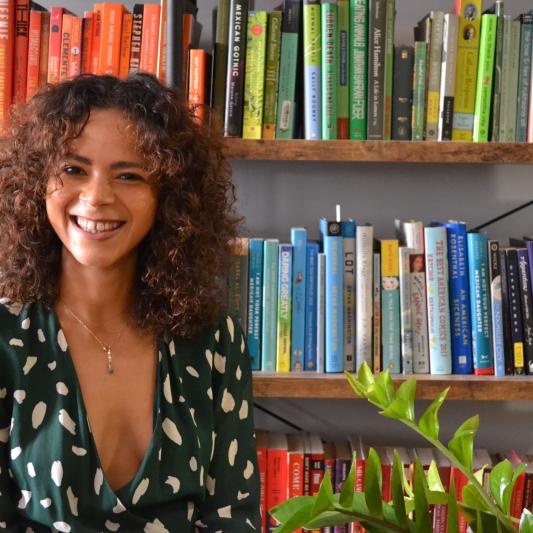
Carl Wieman
Carl Wieman, PhD Physics ’77, remembers testing his students after lectures and finding, to his dismay, that they’d retained very little of his lesson. “There was nothing wrong with them,” says Wieman, who teaches physics and education at Stanford. “The traditional model of teaching, standing up and dispensing your wisdom to these eager minds, is just not the way people learn to think.”
Wieman, an atomic physicist who won the Nobel Prize in 2001, is now a leading researcher and proponent of “active learning,” in which students work together to wrestle with a problem instead of listening passively to an instructor. He joined the Stanford faculty in 2013 after teaching physics for nearly 30 years at the University of Colorado at Boulder, where he founded PhET, an educational project that provides free interactive simulations in dozens of languages to help teach math and science around the world. He also established a science education initiative that bears his name at the University of British Columbia.
“For many years, I had two parallel research programs: one blasting atoms with lasers to see how they’d behave, and another studying how people learn about physics,” he says. The education research eventually took a front seat as he saw the impact his research had on his students. “Seeing the light bulb go on for them—that’s what makes this work so exciting. If the bulb doesn’t light up five or six times in a class period, I figure I’ve messed up.”
Photo by Holly Hernandez



